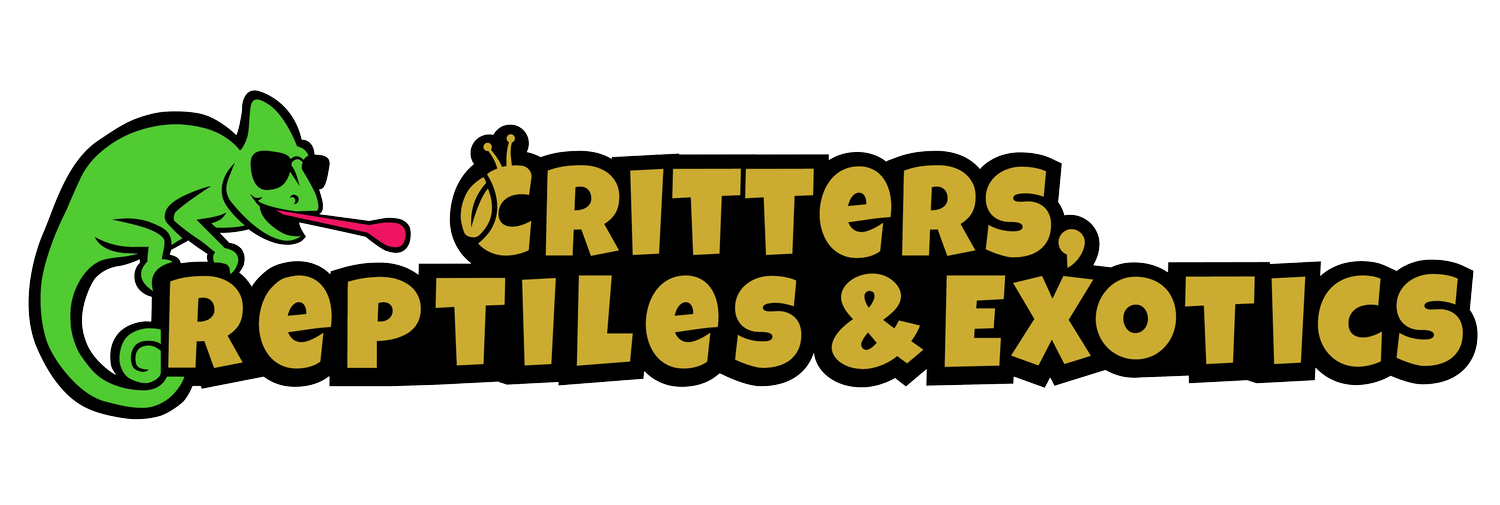Caring for your Flying Gecko
Flying Gecko
(tychozoon kuhli)
Basic Information:
Flying Gecko is native to the tropical rainforests of Southeast Asia, particularly found in countries such as Malaysia, Thailand, and Indonesia. This arboreal species is known for its remarkable ability to glide, using its large webbed toes and flattened body to navigate through the canopy. Flying Gecko typically reaches lengths of 6-8 inches and displays a variety of colors, including shades of brown, green, and cream, often with intricate patterns that provide excellent camouflage. They are primarily nocturnal, making them more active at night.
Lifespan:
5-10 years in captivity
Sexing:
Sexing can typically be done at around 6 months of age. Males usually have more pronounced femoral pores and larger heads than females, who tend to be slightly bulkier.
Enclosure:
Provide vertical climbing branches, rocks, cork bark, and live or artificial plants to replicate their natural forest environment.
Offer both elevated basking perches and shaded areas for retreat.
Juveniles: 20-gallon vertical enclosure (24"x12"x12").
Adults: 40-gallon vertical enclosure (36"x18"x18").
Substrate:
A mixture of coconut fiber and orchid bark is recommended to maintain humidity levels while allowing for natural behavior like digging and climbing. Loose substrate provides a naturalistic environment.
Lighting & Temperature:
Basking Spot: 80-85°F
Ambient Range: 75–80°F
Nighttime Drop: 65-70°F
UVB: The use of a 2.0–7% UVB bulb is recommended, though this species does not strictly require it..
Humidity:
Maintain humidity levels of 60-80% with daily misting, automated misters, or foggers. Live plants help stabilize humidity and improve enclosure aesthetics. They appreciate moisture but also require good ventilation to prevent stagnant air.
Food:
Flying Geckos are insectivorous. Feed a diet of small crickets, mealworms, and other appropriately sized insects. Feed juveniles daily and adults every 2-3 days.
Water:
Provide fresh water daily in a shallow dish, though most Emerald Swifts prefer to drink droplets from leaves.
Supplementation:
Calcium with D3: Dust food 2-3 times weekly.
Calcium without D3: Use on alternating days if adequate UVB lighting is provided.
Multivitamins: Offer once weekly to support overall health
The Flying Gecko is a fascinating and active species that, when given the right care, can thrive in captivity. Known for its gliding abilities and unique appearance, it can be a captivating addition to any reptile enthusiast's collection. Providing proper habitat conditions, including temperature, humidity, and appropriate food, will ensure that your flying gecko remains healthy and happy. While they may require a bit more attention than some other gecko species, the rewards of keeping this remarkable lizard are certainly worth the effort.
Is there anywhere that sells flying Geckos near West Virginia?
There’s nothing quite like a Flying Gecko — their camouflage, quirky glides, and nocturnal antics make them a must-have for any gecko enthusiast. If you’re in Berkeley or Jefferson County, West Virginia, you’re closer than you think to your next favorite reptile. Just hop over to Frederick, Maryland and visit us at Critters, Reptiles & Exotics to see if Flying Geckos are currently available. We’ve got the animals, the gear, and the expert advice to help you build the perfect setup from day one. Remember, There’s always a new adventure waiting at Critters, Reptiles & Exotics!

